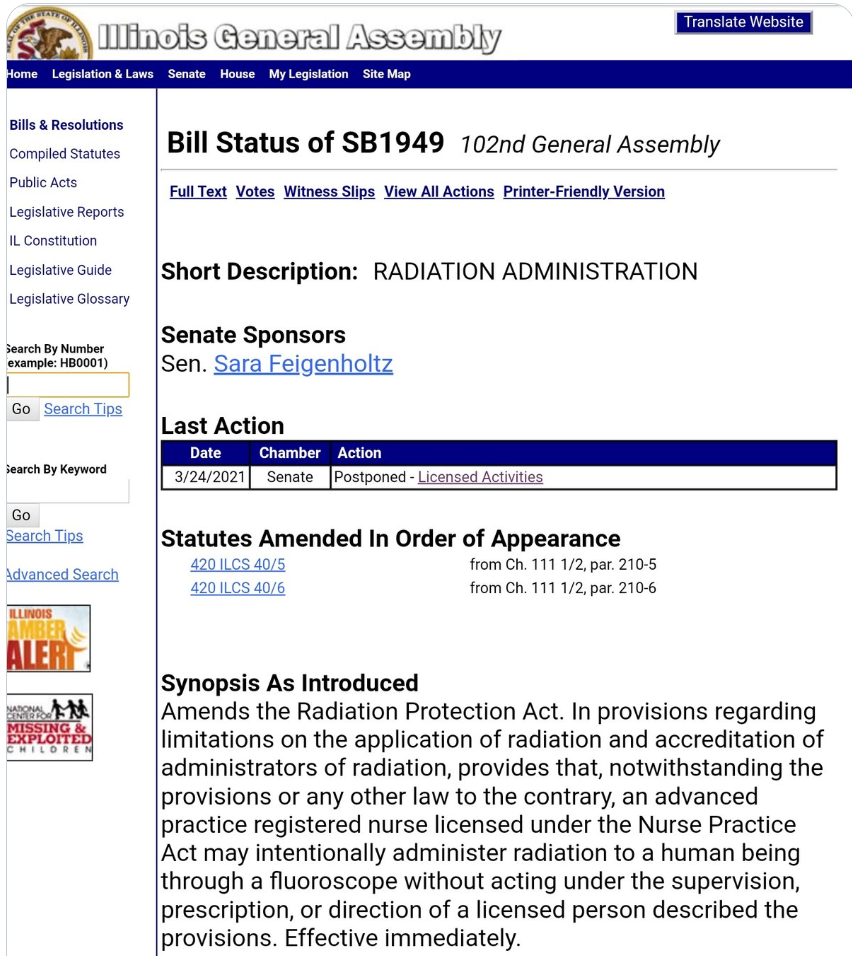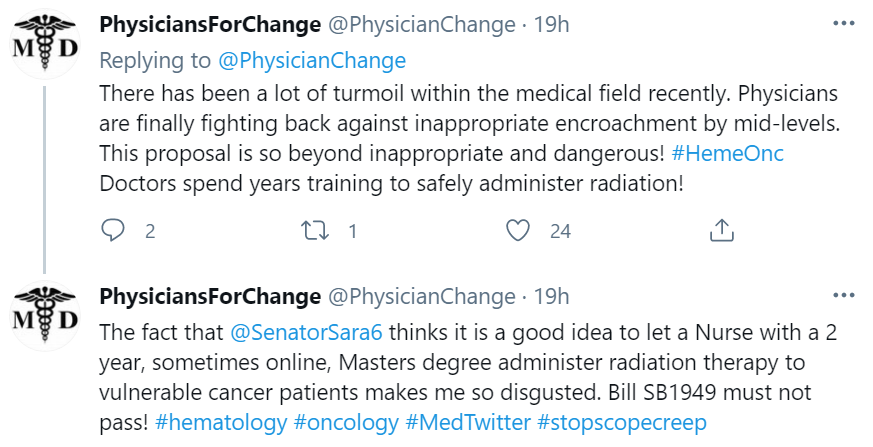Major case of stockholm syndrome. It's a malignant place that expanded rapidly and then doubled the size of their residency program only to still have said residents double and triple cover their attendings. The residents were miserable when I rotated there and are no doubt miserable now. I know many of their graduates and they are great physicians who received an excellent training, but you don't need to work 80 hours a week in radonc for that to be the case. To be perfectly honest if I were a resident there I wouldn't be too interested in dropping a spot because that's just another attending I would need to cover. While doing so doesn't necessarily have a significant impact on the job market, it starts to make waves. It gives their faculty, many of whom are well respected in our field, a platform to say "we are uncertain where we're going, we need to take collective action, we at Emory have taken the first difficult step to do so and encourage everyone else to do the same." If enough programs were to step up, this would begin to put pressure on those that don't.
That being said, the place epitomizes the problems with "big rad onc." A big healthcare system buys up small healthcare systems and gives the attendings "academic" titles. Now they have have to staff these "academics" with residents so they expand their residency program. Then they grow too big, overreach a bit, misjudge the waters, and start losing money so their attendings need to take a pay cut. This depresses salaries in the area.
I'm not sure who runs the Emory Radonc Twitter but if I were them I'd be a hell of a lot more critical of 44 fractions of protons for a low risk prostate cancer than 10 fractions of 2D treatment for bone mets. At least there is a realm where the latter can be justified (i.e. more durable pain response), I have yet to see high level evidence for using protons in prostate cancer.




